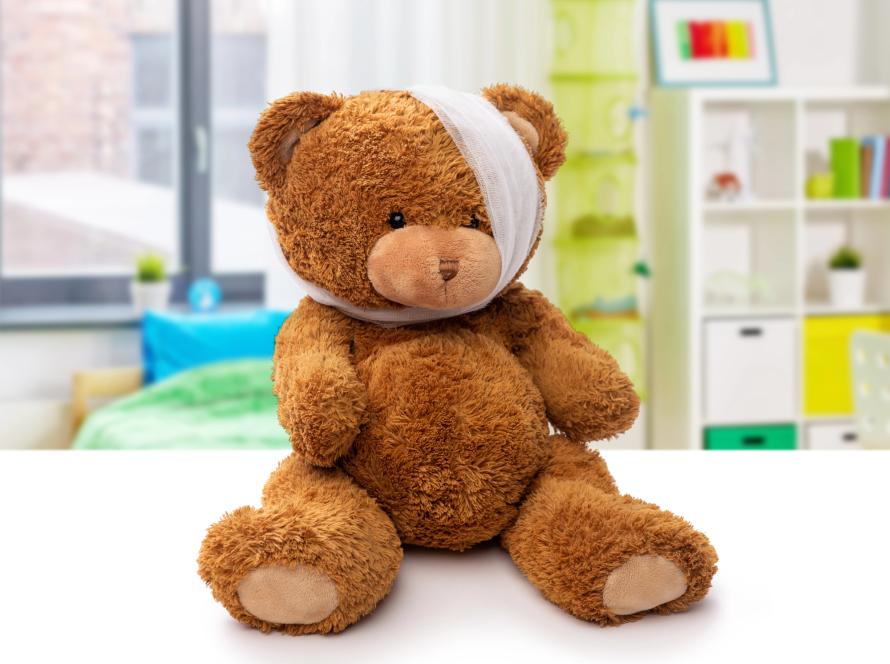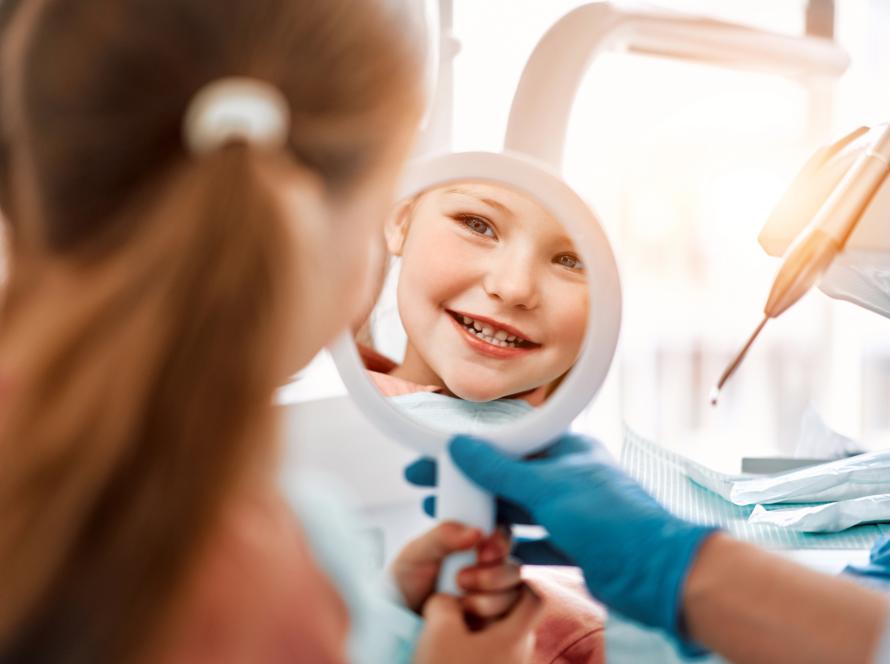At Woodlawn Kids Dental, we draw inspiration from the evidence-based guidance of HealthyChildren.org, which offers valuable advice on preventing cavities from an early age. In this commentary, we’re breaking down key insights—paired with our in-depth perspective—focused especially on toddler dental care and the foundations of lifelong healthy smiles. (HealthyChildren.org, Tips to Prevent Cavities in Young Children,
Last Updated April 9, 2025, Source: American Academy of Pediatrics Section on Oral Health (Copyright © 2025), https://healthychildren.org/English/healthy-living/oral-health/Pages/Teething-and-Dental-Hygiene.aspx?gad_source=1&gbraid=0AAAAADyMpZHDGfJYcOVs-qoORb3rpYMjW&gclid=Cj0KCQjw2tHABhCiARIsANZzDWqHnrNjAO4SdD4caKC-c7G4g6t0ejitlbQExeht-ccfOAFt0jeGUlwaAsE0EALw_wcB ).
Start Oral Care Early
Oral hygiene should begin before a child’s first tooth appears. Cleaning your baby’s gums gently with a soft, damp cloth daily helps remove bacteria and allows them to get used to the feeling of oral care. Once teeth start to emerge, brushing twice a day with a small amount of fluoride toothpaste becomes essential.
“We encourage parents to view oral care as a daily habit from day one, not something that starts only when teeth show up,” says Woodlawn Kids Dental. “Introducing toddlers to routine cleaning early builds comfort and consistency. We see that kids who grow up with these habits are far less resistant when it comes time for full brushing, and their gums and enamel stay healthier because plaque never gets a head start.”
The Right Amount of Fluoride Toothpaste
Using fluoride toothpaste is critical, but the amount must be appropriate for the child’s age: a smear for under three and a pea-sized amount for ages 3 to 6. Fluoride strengthens enamel and is one of the best defenses against early decay.
“Fluoride works wonders when used correctly, especially for toddlers who are still learning how to spit during brushing,” Woodlawn Kids Dental explains. “We often see cases where either too little fluoride is used—reducing its protective effect—or too much, which can risk enamel issues over time. We guide parents closely on how to get this balance right during every kid’s dental checkup, ensuring maximum cavity protection.”
Building Strong Brushing and Flossing Habits
Young children require hands-on assistance with brushing until they acquire the motor skills necessary to do it effectively themselves, which usually happens around age 7 or 8. Flossing should be introduced as soon as teeth touch.
“We can’t stress enough how crucial parental involvement is during the toddler years,” says Woodlawn Kids Dental. “Even if toddlers are eager to brush themselves, their technique won’t be thorough. We advise parents to let kids practice but always follow up with a proper cleaning. Flossing is often overlooked, but starting early helps toddlers understand it’s as important as brushing to prevent cavities between teeth.”
Limiting Sugar Exposure
Frequent exposure to sugary snacks and drinks dramatically increases the risk of cavities. Even snacks marketed as healthy, like certain fruit juices or granola bars, can contain hidden sugars.
“We always highlight that dental health isn’t just about brushing—it’s also about what goes into your child’s mouth throughout the day,” Woodlawn Kids Dental notes. “For toddlers especially, snacking habits form quickly. We suggest sticking to whole fruits, cheese, and crunchy veggies rather than processed snacks. This reduces sugar exposure and stimulates saliva, which naturally protects teeth. Plus, it supports healthy smiles and overall well-being.”
Regular Dental Visits
Children should see a pediatric dentist by their first birthday and have regular checkups every six months. These visits monitor dental growth, address concerns early, and help establish a positive association with kids’ dental hygiene and care.
“Early visits to the children’s dentist are crucial, not only for checking tooth development but for building trust and comfort,” Woodlawn Kids Dental emphasizes. “We often see toddlers who have been coming in since their first tooth—they’re confident, cooperative, and relaxed in the chair. That early familiarity pays dividends in preventing dental anxiety later, making each kid’s dental checkup smooth and productive.”
Preventing Bacteria Transfer
Sharing utensils or cleaning a pacifier with your own mouth can transfer cavity-causing bacteria to your child, increasing their risk of early tooth decay.
“Many parents are surprised to learn how easily bacteria can be shared,” says Woodlawn Kids Dental. “We recommend being vigilant about not sharing toothbrushes or utensils and keeping pacifiers clean with water, not your mouth. These small steps in daily life play a big role in maintaining healthy smiles, especially in toddlers whose immune systems and enamel are still developing.”
The Power of Sealants
Dental sealants for kids are an effective method for protecting molars from decay. They create a barrier over the deep grooves where food and bacteria can hide, which is especially valuable for kids who are still mastering their brushing technique.
“Sealants are like a safety net for toddlers and young children who might not yet brush as thoroughly as needed,” Woodlawn Kids Dental explains. “We apply them as soon as molars erupt to lock in protection early. Combined with fluoride and regular cleanings, sealants help set the stage for cavity-free checkups and strong, healthy smiles into the school years.”
Laying a strong dental foundation in early childhood pays off for a lifetime. A combination of daily care, mindful eating, and regular dental visits keeps cavities at bay and builds habits that last.
“Parents are their child’s first line of defense when it comes to oral health,” Woodlawn Kids Dental sums up. “With consistent effort at home and support from your children’s dentist, toddlers can grow up cavity-free and confident—proof that healthy smiles really do start young.”


